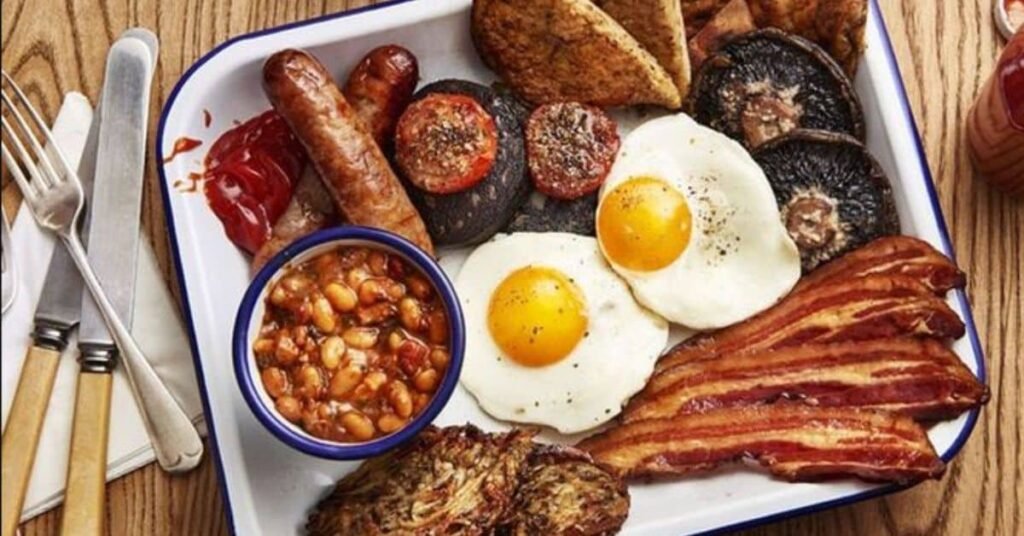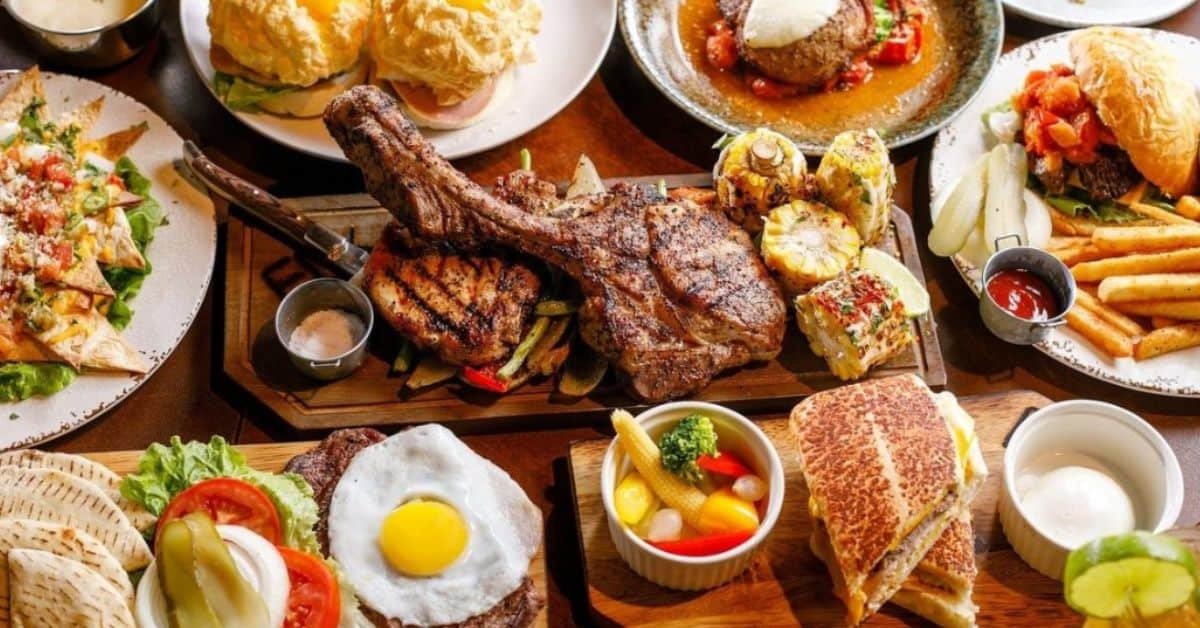Certain elements stand out in the rich tapestry of traditional Spanish culture as markers of identity, craftsmanship, and history. One such element, relatively lesser-known yet profoundly significant, is the ceñillín.
This small but mighty accessory holds great importance in both practical and cultural contexts, especially within the world of equestrianism and traditional clothing in Spain. Whether you’re an enthusiast of conventional Spanish fashion, a history buff, or someone keen on learning about unique cultural artifacts, the ceñillín offers an intriguing subject for exploration.
What is a Ceñillín?
A ceñillín is a narrow belt or girdle typically used in traditional Spanish attire. Though it may seem like a simple accessory, it serves multiple functions, including securing various garments and adding an element of decoration to traditional clothing, especially in regions with a strong history of artisanal crafts.
Its origins are tied to centuries-old customs, particularly within the rural and equestrian communities of Spain.
More commonly associated with traditional male clothing, the ceñillín has been used to cinch waistcoats or jackets, providing structure and an aesthetic touch to the wearer’s outfit.
However, its use has evolved, and it can now be found in both men’s and women’s attire, where it plays both a practical and decorative role.
The ceñillín is often made from high-quality leather or durable fabrics and may be adorned with intricate embroidery, colorful patterns, or metallic embellishments.
The design varies depending on the region and purpose, making it a functional accessory representing local craftsmanship and artistic expression.
Historical Significance of the Ceñillín
The ceñillín has its roots in traditional Spanish culture, especially in regions known for their agricultural and equestrian traditions. It was historically worn by peasants, farmers, and horse riders, reflecting the practical needs of people working in rural environments.
In many parts of Spain, such as Andalusia and Castile, horseback riding and agricultural labor were (and still are) central to daily life. The ceñillín emerged as a functional accessory designed to hold garments in place during long hours of labor.
In addition to its practical use, the ceñillín symbolized status and pride. As it evolved, the belt began to incorporate more elaborate designs, reflecting the skill of local artisans and the wearer’s social standing.
A beautifully embroidered ceñillín could signify wealth or prominence, especially in rural areas where craftsmanship and dress were highly valued.
One notable aspect of the ceñillín’s history is its association with Spanish equestrian culture. Spain has a long and proud tradition of horsemanship, particularly in regions like Andalusia, where the iconic Andalusian horse has become a symbol of national identity.
Equestrians often wore ceñillines as part of their traditional riding attire, and the belt served a functional purpose and acted as an emblem of their horsemanship and heritage.
Ceñillín in Traditional Spanish Attire
The ceñillín plays a prominent role in various forms of traditional Spanish dress, particularly those associated with specific festivals, dances, and cultural celebrations. One of the most notable examples is the traje de corto, the traditional outfit worn by Andalusian men during festivities such as the Feria de Abril (April Fair) in Seville.
This ensemble typically includes a short jacket, tight-fitting pants known as calzones, and the all-important ceñillín, which ties the entire look together.
In this context, the ceñillín serves both a functional and decorative purpose. It accentuates the waist, helping to create a tailored, sophisticated appearance while keeping the jacket and pants securely in place during activities such as dancing or horseback riding.
The belt is often made from finely crafted leather or richly embroidered fabric, adding a touch of elegance and flair to the outfit.
A similar accessory is sometimes used with traditional women’s dresses, particularly in regional outfits from areas such as Castile and Andalusia. While it may not always be referred to as a “ceñillín,” the concept of a decorative belt or girdle remains an important element in women’s traditional dress. It highlights the waist and adds an additional layer of ornamentation to already vibrant clothing.
Artisanal Craftsmanship
One of the most fascinating aspects of the ceñillín is the craftsmanship involved in its production. In many regions, these belts are still made by hand using traditional methods passed down through generations.
Artisans take pride in creating high-quality ceñillines, often using leatherworking techniques that have been perfected over centuries.
The process of making a ceñillín often begins with selecting the suitable material. Leather is the most common choice, known for its durability and strength, but some ceñillines are also made from woven fabrics, which are then embroidered with intricate patterns.
Once the material is chosen, artisans cut and shape the belt, ensuring it fits snugly and comfortably around the wearer’s waist.
Decoration is where the ceñillín truly shines. Traditional designs may include geometric patterns, floral motifs, or even symbols that carry special significance in Spanish culture.
Metallic embellishments such as brass or silver buckles are often added to enhance the belt’s aesthetic appeal. In some cases, the craftsmanship involved in making a ceñillín can elevate the belt to a work of art, with collectors seeking handmade pieces from master artisans.

Modern Use and Revival of Ceñillín
Though the ceñillín has its origins in traditional attire, it has experienced a resurgence in modern fashion, particularly in Spain and among fashion-conscious individuals who appreciate its cultural significance.
Many contemporary designers have begun incorporating elements of the ceñillín into their collections, blending traditional craftsmanship with modern styles.
The belt’s adaptability has made it a popular accessory for those looking to add a touch of authenticity and history to their outfits. Whether worn with a suit or a casual ensemble, the ceñillín offers a nod to Spanish heritage while remaining functional and stylish.
Moreover, the rise of cultural festivals and the revival of regional traditions have kept the ceñillín relevant, as many Spaniards wear traditional clothing during essential celebrations.
In recent years, the ceñillín has even caught the eye of international fashion designers who are looking to incorporate elements of traditional Spanish style into their global collections.
This growing interest in artisanal accessories speaks to a broader trend of consumers seeking out high-quality, handcrafted items that tell a story.
Conclusion: A Symbol of Tradition and Identity
The ceñillín may be a relatively small and unassuming accessory, but it carries with it centuries of history, craftsmanship, and cultural significance.
As a practical and decorative element of traditional Spanish attire, it has played an essential role in rural and equestrian life. It also serves as a marker of status and artistic expression.
Today, the ceñillín continues to hold a special place in Spanish culture, with its use extending beyond traditional dress into the world of fashion and design.
Its enduring appeal lies in its ability to combine form and function, offering wearers a connection to their cultural heritage while remaining relevant in the modern world. Whether handcrafted by an artisan or worn as part of a traditional costume, the ceñillín remains a powerful symbol of Spanish identity, craftsmanship, and tradition.
Latest post!
- The Ultimate Guide to Pet-Friendly Washable Rugs and Sustainable Eco-Friendly Rugs for Eco-Conscious Homes
- Findutbes: Everything You Need to Know
- A Guide to Stem Cell IV Therapy: Uses, Benefits, and Risks
- Dealasty: Revolutionizing the Way We Shop Online
- Arcangel Height: How Tall Is the Latin Music Superstar?
- Malia Manocherian: A Journey of Inspiration and Success






